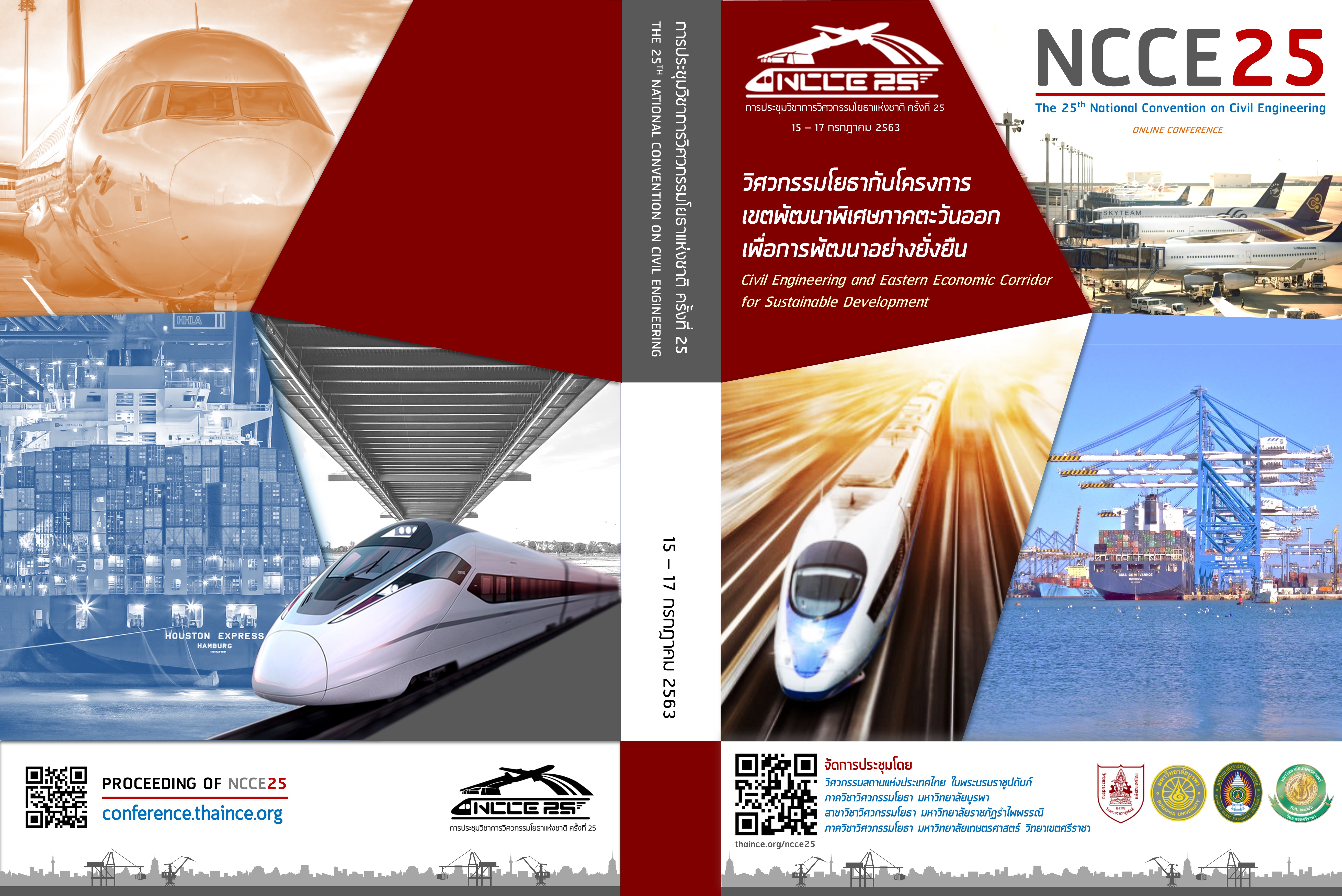Impacts of Future Climate Change on Inflow to Pasak Jolasid Dam in Pasak River Basin, Thailand
คำสำคัญ:
Climate Change Projection, Hydrological Model, Inflow Change, Pasak Jolasid Dam, Pasak River Basinบทคัดย่อ
The impacts of future climate change on inflow to the Pasak Jolasid Dam in the Pasak River Basin was assessed by using the hydrologic modelling system (HEC-HMS) and the bias-corrected climate change projection derived by averaging the outputs of three regional climate models (RCMs) namely: ACCESS, CNRM and MPI. The hydrological response of the Pasak River Basin to future climate projection for the periods 2020s (2011-2040), 2050s (2041-2070), and 2080s (2071-2100) was quantified using the calibrated and validated climate change trends and the HEC-HMS hydrological model which was calibrated and verified using the daily observed data from 1970-2010 and 2007-2015 respectively. The simulation results showed that the future precipitation trend fluctuates and slightly decreases until the end of 21st century by –5.69% and -12.68% under RCP4.5 and RCP8.5 at Lom Sak Station. The projected mean annual maximum and minimum temperatures were found to increase by 4.99% and 6.49% respectively for RCP4.5; by 6.58% and 8.46% respectively for RCP8.5, during twenty-first century. The future inflow to Pasak Jolasid Dam calculated from RCP4.5 and RCP8.5 was found to decrease by -0.61% and -3.39% for 2020s, by -2.82% and -6.15% for 2050s, and by -7.56% and -9.21% for 2080s respectively. However, these long term prediction on the change of future precipitation and temperature is only an estimate. The results can be used as a guideline for long-term sustainable water resources project planning and water resources management as well as in proposing appropriate adaptation strategies for the Pasak River Basin.
Downloads
ดาวน์โหลด
เผยแพร่แล้ว
วิธีการอ้างอิง
ฉบับ
บท
การอนุญาต
บทความทั้งหมดที่ได้รับการคัดเลือกให้นำเสนอผลงานในการประชุมวิชาการวิศวกรรมโยธาแห่งชาติ ครั้งที่ 25 นี้ เป็นลิขสิทธิ์ของ วิศวกรรมสถานแห่งประเทศไทย ในพระบรมราชูปถัมภ์



